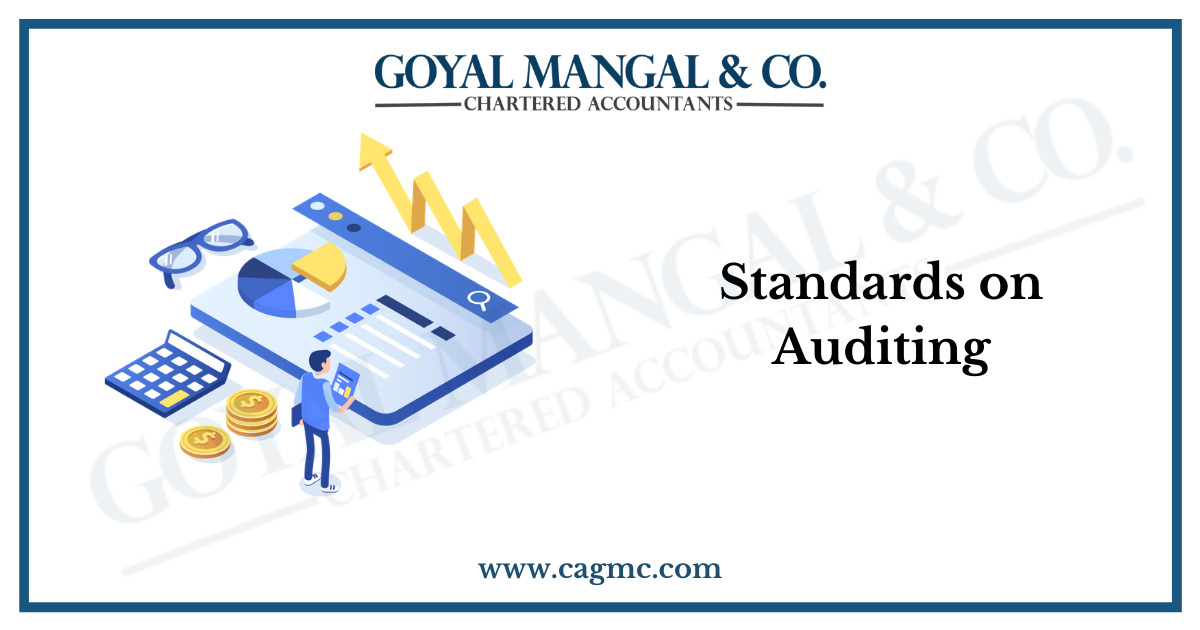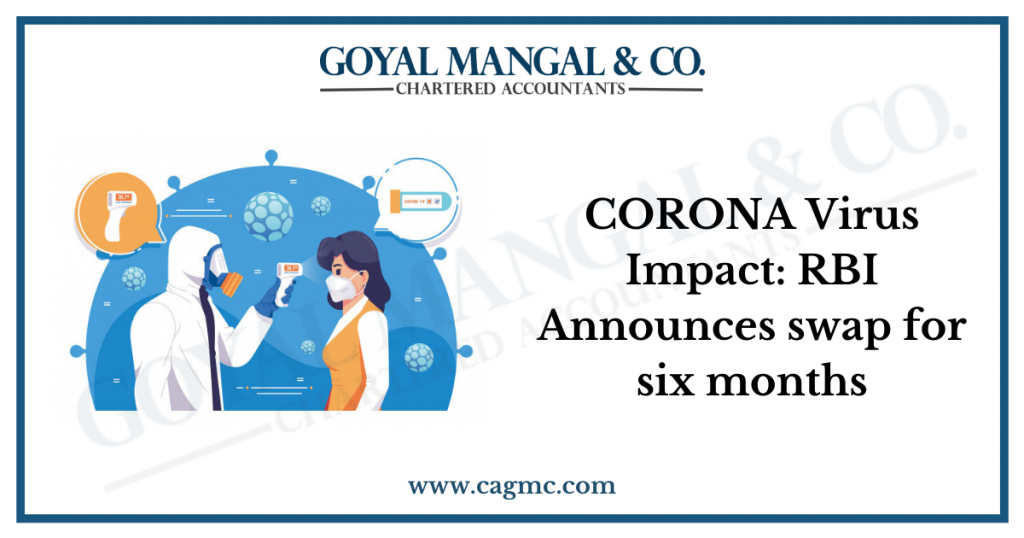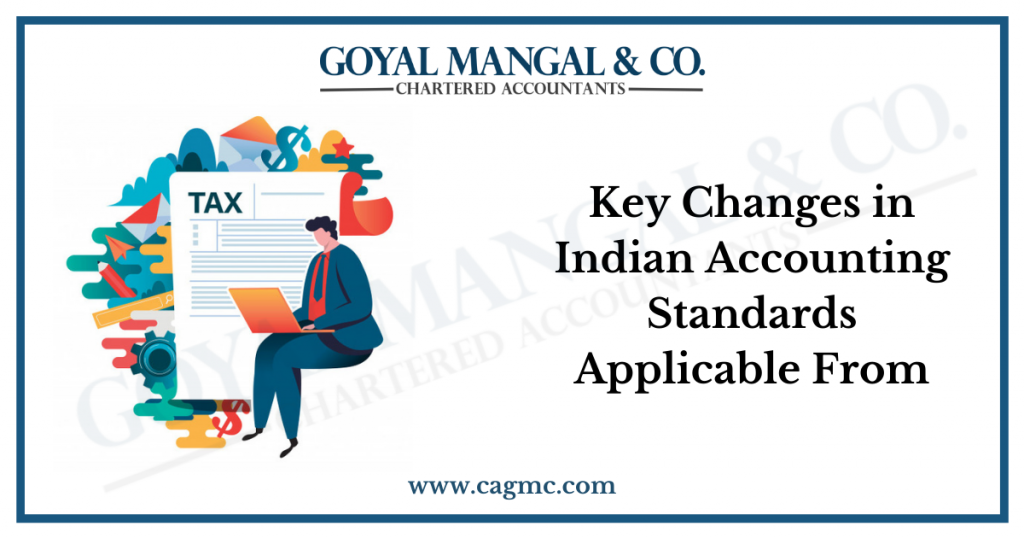| Table of Content |
Standards on Auditing ensure that information provided in the financial statements are of high quality and are acceptable worldwide. The Auditing and Assurance Standards board under the council of Institute of Chartered Accountants (ICAI) have formulated few Standards.
These are in line with the International Standards issued by the International Auditing and Assurance Board (IAASB).
Standards issued by the AASB include:
- Standards of Quality Control (SQCs): For all the services under Engagement Standards. These standards are applicable to all auditing firms which perform audits and reviews of historical financial information including assurances and related service engagements.
- Standards on Auditing (SAs): For auditing historical financial information. These apply whenever any independent Audit is carried out.

SA 230 talks about Documentation made by an Auditor in order to form an opinion on financial statement that financial statement are free from material misstatement.
Audit documentation is an essential element of audit quality and has always been a critical component of an audit process as it evidences the work done by the auditor.
A document is any material which provides evidence of work performed, action taken or the happening of an event. It may be in paper or electronic form.
SA 230, “Audit Documentation” defines audit documentation as “The record of audit procedures performed, relevant audit evidence obtained, and conclusions the auditor reached (terms such as “working papers “or “work papers “are also sometimes used”.
Hence “document “in the context of audit refers more to that which is required to be maintained by an auditor to record his findings during the course of the audit.
Importance of documentation
Documentation is considered the backbone of an audit. The work that the auditor performs, the explanations given to the auditor, the conclusions arrived at, are all evidenced by documentation. Poor documentation may depict poor performance in an audit. The auditor may have executed appropriate audit procedures, however, if there is no documentation to prove, it may put question on the work done, in case any material misstatement is reported. Improper and incomplete documentation, at times, may put the auditor in embarrassing situations.
Documentation is essential because:
- It is Auditor’s basis for a conclusion about achieving the auditor’s objectives.
- Provides evidence that audit was planned and performed.
- It assists supervision and review.
- It results in better conceptual clarity, clarity of thought and expression.
- It facilitates better understanding and helps avoid
- It supports and evidences compliance with standards, applicable legal & regulatory requirements.
Form and Content of Documentation
The form and content of audit documentation should be designed to meet the circumstances as necessary of the particular audit. It should satisfy the requirements of the governing standards and substantiate the conclusions arrived at by the auditor.
The form and content of documentation depends on various factors such as:
- Size, nature and type of entity.
- Risk assessment.
- Materiality.
- Sampling methods, etc.
Documents are segregated into those forming part of the Permanent Audit File and Current Audit File. Permanent audit file contains those documents, the use of which is not restricted to one time period, and extends to subsequent audits also. e.g. Engagement letter, Communication with previous auditor, Memorandum of Association, Articles of Association, Organization structure, List of directors/partners/trustees/bankers/ lawyers, etc. On the other hand, a current audit file contains those documents relevant for that time period of audit


